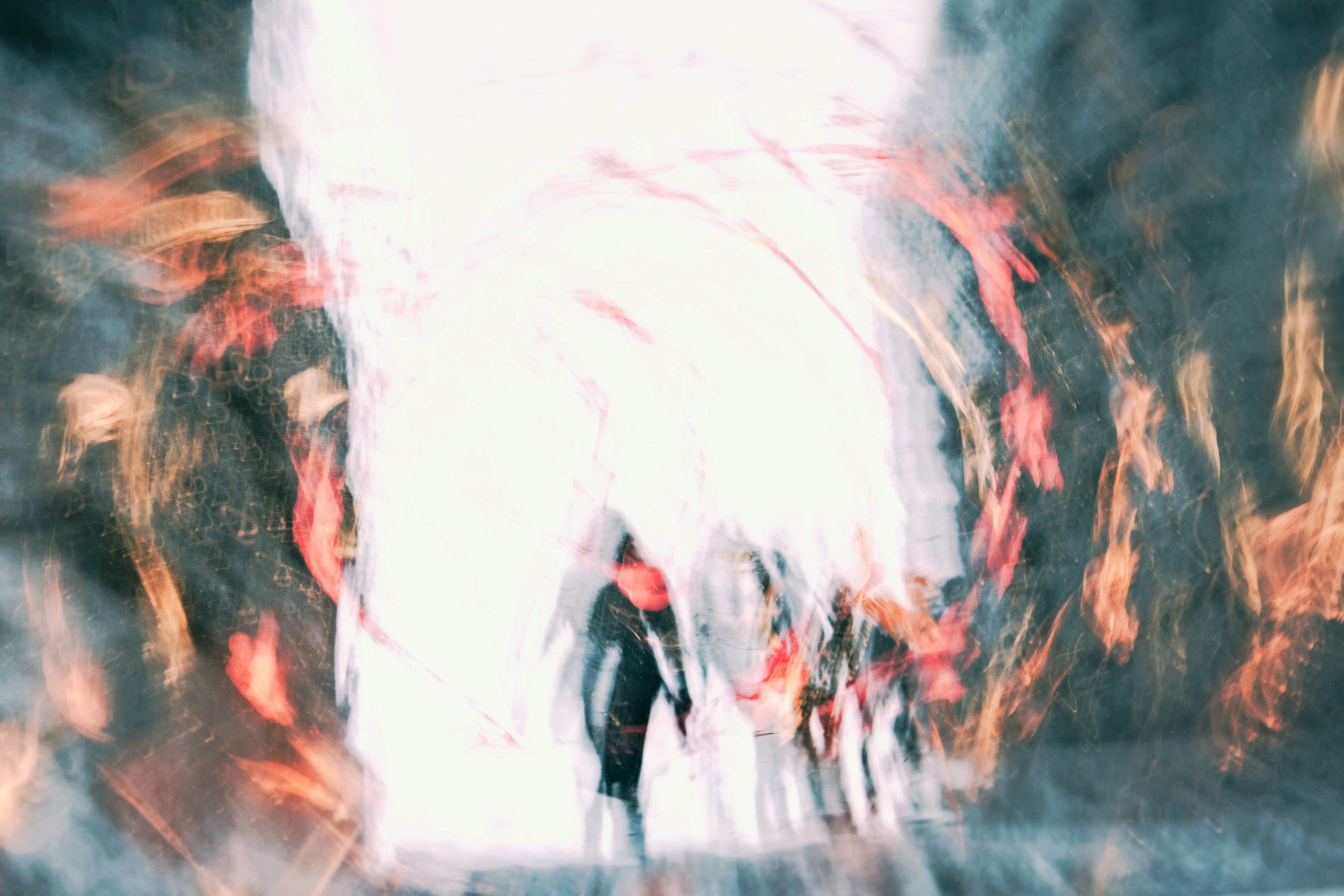Category: Living Networks
-
Footprinting and Social Engineering: Mapping the Threat Landscape
Before launching an attack, cybercriminals rarely act blindly. Instead, they begin by gathering detailed information about their target—a process known as footprinting. Combined with social engineering, which manipulates human behavior to gain access or information, these techniques form the foundation of many modern cyberattacks. This article explores footprinting and social engineering in depth, explaining the…

-
Programming for Security Professionals: Foundational Skills for the Cyber Domain
In the field of cybersecurity, having a working knowledge of programming is not just helpful—it’s essential. Whether analyzing malware, automating tasks, or scripting vulnerability tests, security professionals benefit from understanding how code works, where flaws arise, and how to remediate or exploit software behavior. This guide introduces basic programming principles and demonstrates key techniques using…

-
Hacking Wireless Networks: Exploits, Tools, and Safeguards
Wireless communication has transformed how people access the Internet and share information. From home routers to expansive city-wide coverage, wireless networks offer convenience and mobility—but also introduce a significant attack surface for threat actors. Understanding wireless technologies, standards, and the tools used by both attackers and defenders is critical in the fight to secure these…

-
Hacking Web Servers: A Cybersecurity Overview
The Digital Shift and Security Consequences The rise of e-commerce and remote work—accelerated by the COVID-19 pandemic—has drastically expanded the surface area of the internet. Global e-commerce surged from 14% of retail trade in 2019 to 17% in 2020, while remote communication tools became mission-critical for businesses. At the heart of this digital transformation are…

-
Through the Looking Glass
“In another moment Alice was through the glass, and had jumped lightly down into the Looking-glass room.” — Through the Looking Glass by Lewis Carroll Mirrors, Lenses, Reflection, and Refraction In Through the Looking Glass, Lewis Carroll’s Alice steps across a mirror into a fantastical realm—a journey through a boundary that mirrors the principles of…
-
The Lure of the Supernormal: Siddhis Across Time and Tradition
Throughout history, humans have been captivated by the idea of developing supernormal abilities—known in many spiritual traditions as siddhis. These powers range from telepathy and levitation to complete transcendence of suffering and the physical body. Almost every ancient religion includes stories of mystics, yogis, and saints who reportedly developed such powers through intense discipline, spiritual…

-
Mexico City Beneath the Surface: Uncovering the Layers of an Ancient and Modern Metropolis
Mexico City, one of the largest urban centers in the world, sits atop the ruins of multiple civilizations. Beneath its bustling streets lies an archaeological time capsule—layer upon layer of cultural, religious, and technological marvels spanning thousands of years. From Preclassic tombs and Aztec temples to colonial crypts and contemporary engineering feats, the city’s subsurface…
-
Quantum Dimension and Timelessness
In Alice’s Adventures in Wonderland, the Mad Hatter’s tea party is locked in an endless loop where it’s perpetually 6:00 time has ceased to progress, trapping the characters in a continuous tea party. This strange scenario, where time is neither linear nor completely absent, mirrors ideas in quantum dimensions, where fundamental notions of time and…








